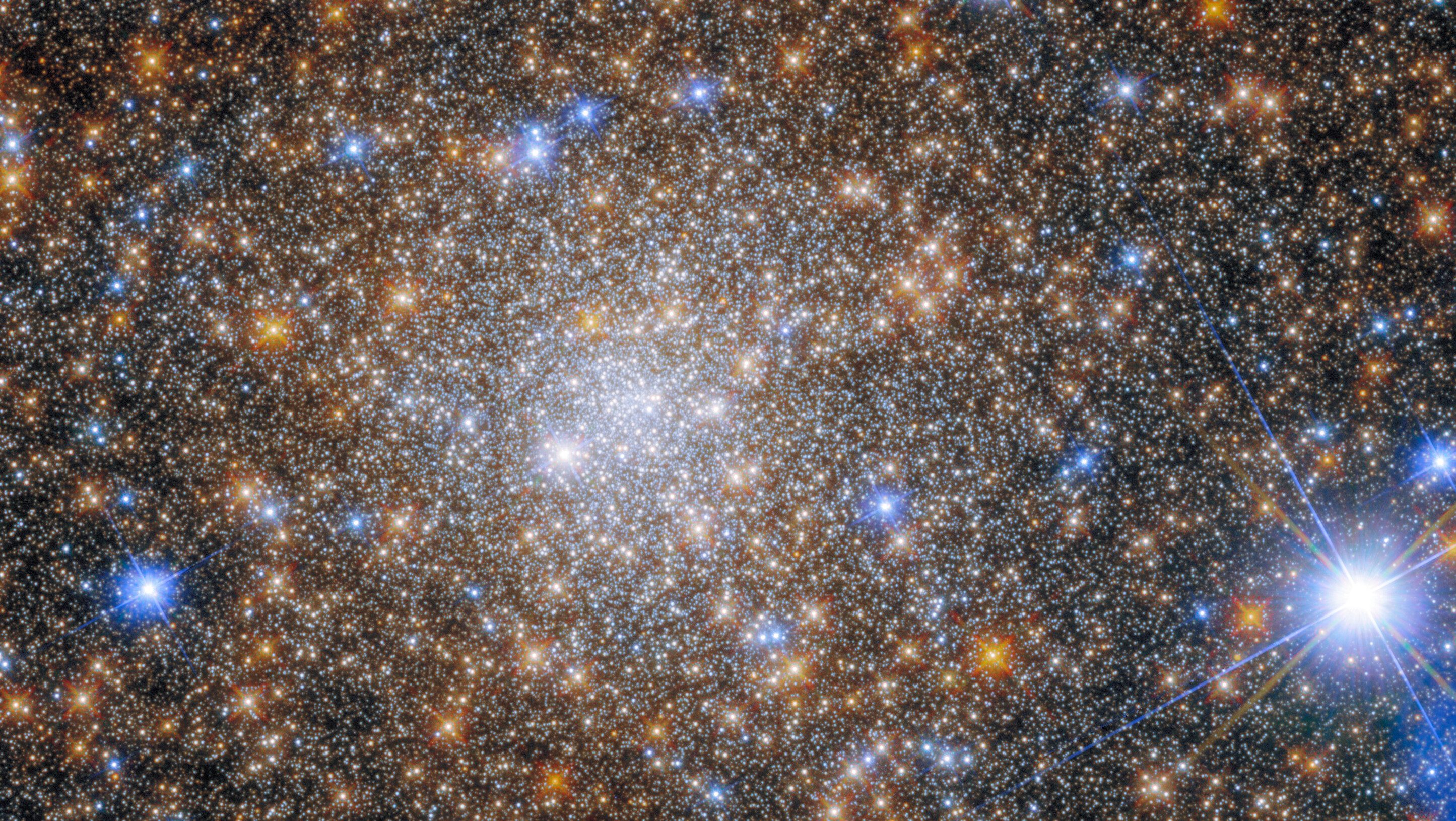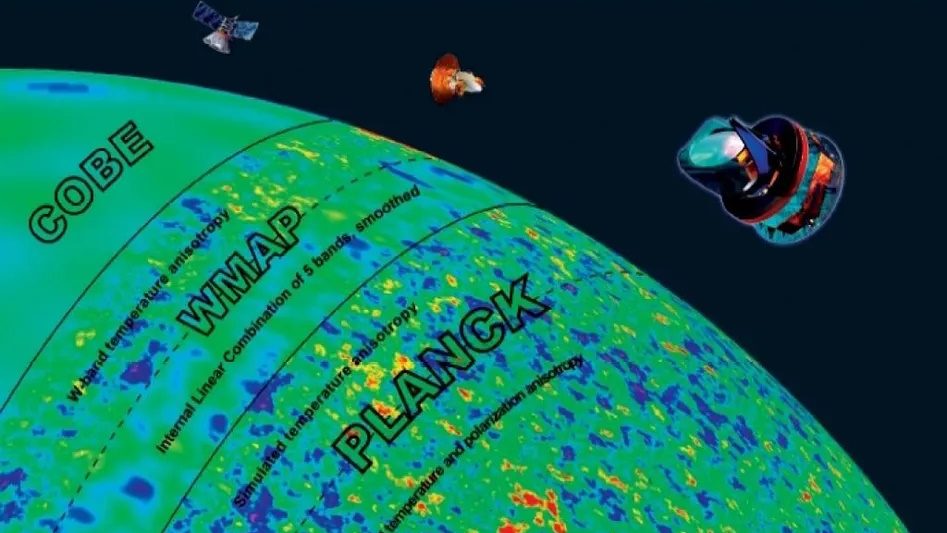Ask Ethan: What Were The Greatest Nobel Prize Snubs In Science History?

This list of 10 non-winners is 50% women, but 100% outrageous.
In science, advances often come in great leaps. In hindsight, it’s easy to identify perhaps hundreds of small steps that led to the momentous discovery, but revolutions seem to happen all at once. That doesn’t mean those responsible for those groundbreaking discoveries are always properly recognized, however. The most prestigious scientific awards are no doubt the Nobel Prizes, and yet even these have spectacularly snubbed some of the most deserving candidates. Who are my picks? That’s what our Patreon supporter, Denier, wants to know:
In this season of award shows where there is talk over who deserved to be nominated and who was snubbed, I wanted to know your pick for scientists who deserved a Nobel or a share of a Nobel but was snubbed by the committee. For my pick I’d nominate Chien Shiung Wu.
There are so many deserving candidates, that the least I can do is highlight them and their incredible contributions here. In no particular order, here are my picks for the top 10 scientists who made incredible discoveries, who were never granted the recognition they deserved.
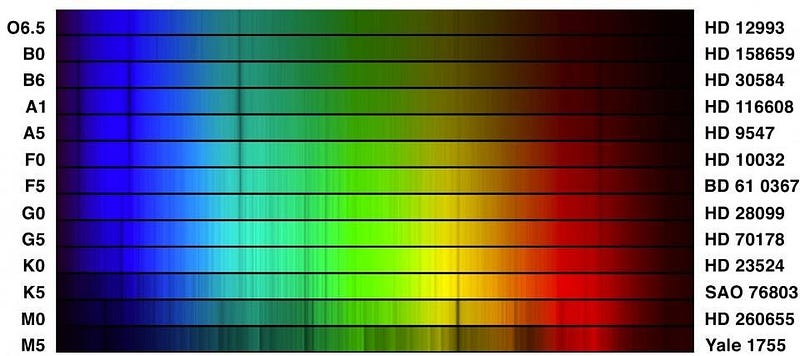
1.) Cecilia Payne, for the discovery of what stars are made of. We know today, that as matter gets heated, its electrons jump to higher energy levels, and with enough energy, they can get ionized. We know that stars exhibit different spectral features and absorption/emission lines, and this is dependent on the color of a star. But in 1925, Cecilia Payne put those phenomena of temperature, color, and ionization together to determine, based on the strength of the lines in stars, to determine what they were made of. While they contained the same elements as Earth, they had thousands of times as much helium and millions of times as much hydrogen. Despite her Ph.D. dissertation’s accolades, it was only her advisor, Henry Norris Russell, who was even nominated for the prize.
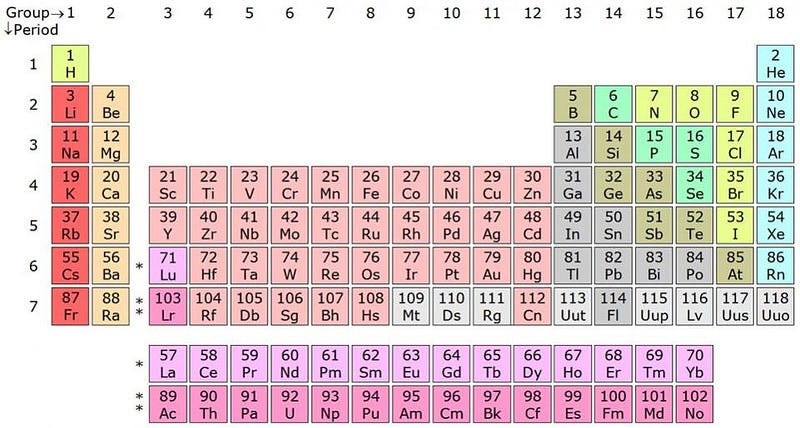
2.) Dmitri Mendeleev, for creating the periodic table of the elements. The first Nobels were awarded in 1901, and Mendeleev, who discovered how to organize the elements (by the number of valence electrons occupying electron shells) in a periodic fashion, concocted the first accurate scheme to predict where they ought to occur. As new elements were discovered, every single one occurred exactly in accord with Mendeleev’s predictions. Despite being nominated in 1905 and 1906, Mendeleev was denied the prize, in the words of one committee member, because his discovery was “too old and too well-known.” Meanwhile, the 1906 prize actually went to Henri Moissan, for the discovery of a new element exactly where Mendeleev predicted it would be. Mendeleev died in 1907, Nobel-less.
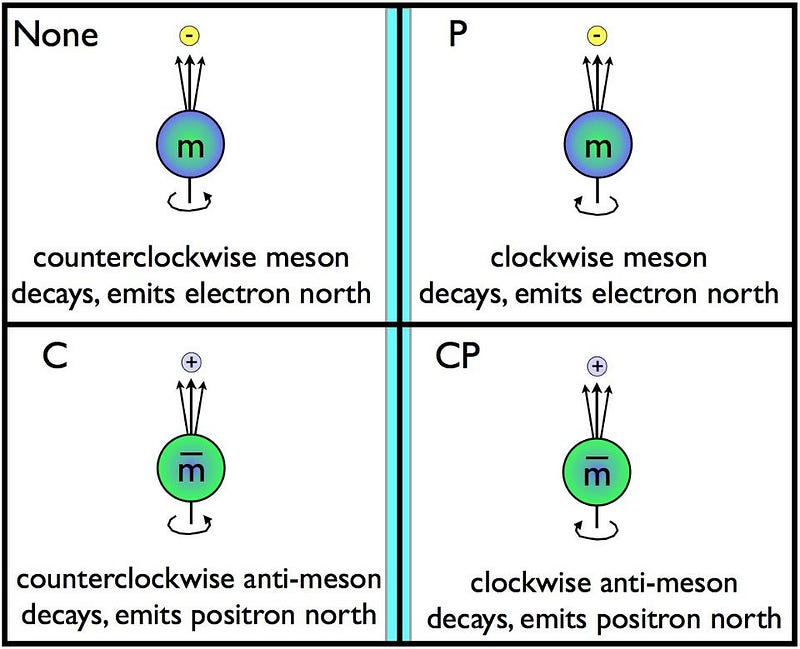
3.) Chien-Shiung Wu, for discovering the property of “handedness” of particles in the Universe. In the 1950s, physicists were just beginning to understand the fundamental properties of particles. Would spinning, decaying particles have a preferred direction to their decay products? If nature obeyed a mirror-symmetry (parity) law, they would. But theorists Tsung-Dao Lee and Chen Ning Yang thought that under some conditions, they might not. Chien-Shiung Wu set out to test this, by observing the radioactive decay of Cobalt-60 in the presence of a strong magnetic field. When the electrons (a decay product) exhibited a preferred direction, she directly showed that particles had an intrinsic handedness (and violated the parity symmetry) under the weak interactions. The 1957 Nobel went for exactly this discovery… to Lee and Yang, with Wu disgracefully omitted.
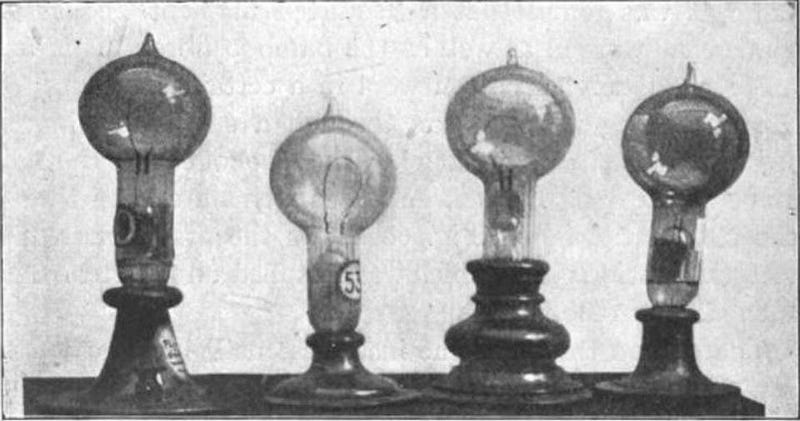
4.) Joseph Swan and/or Thomas Edison, for the invention of the light bulb. While there are many theoretical and experimental awards and omissions, the Nobel Prize was explicit about including inventors and inventions, and few inventions have had the impact on society that electric lighting has, leading to our modern power grid and society. Despite its widespread application and the fact that Edison lived until the 1930s, the prize never went to arguably the greatest symbol of scientific inspiration in modern history.
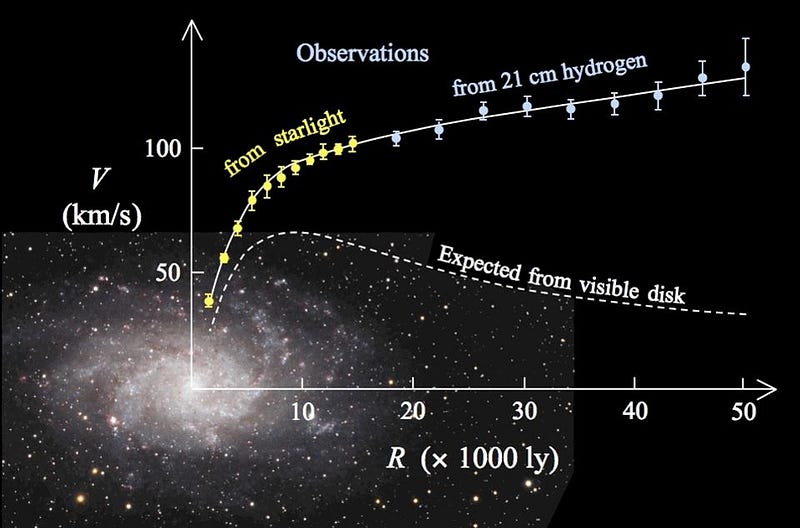
5.) Vera Rubin and Ken Ford, for the discovery of dark matter in galaxies. What makes up the Universe? If you asked this question 50 years ago, people would have pointed to atoms and subatomic particles as the answer. Surely, they could account for all the gravitation the Universe needed to exhibit, with even Fritz Zwicky’s galaxy clusters possibly having gas, dust, and plasma accounting for the missing mass. But with individual galaxies and they way they rotate, that was no longer possible. Rubin and Ford’s careful analysis of how individual galaxies rotated showed that there was more gravitation that normal matter could account for, bringing the dark matter problem into the mainstream. It is now accepted that dark matter is a major component of our Universe, but Rubin died last year after waiting 45+ years for a Nobel that never came.
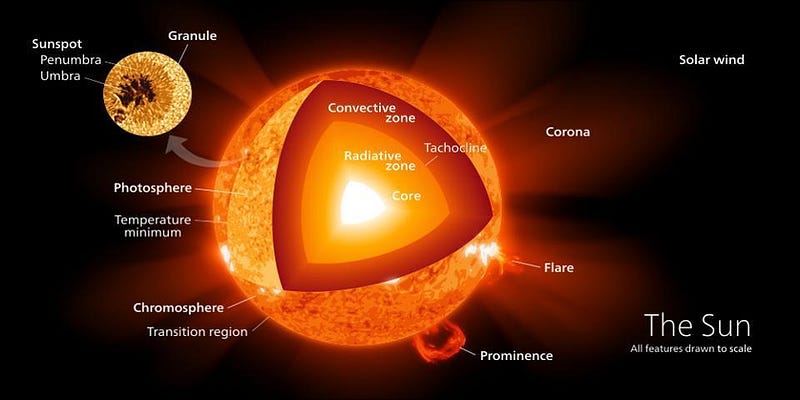
6.) Fred Hoyle, for theoretical work predicting stellar nucleosynthesis as the origin of the heavy elements. Where do the heavy elements in the Universe come from? While George Gamow cited the Big Bang as the nuclear furnace in which all elements could be created, Hoyle looked to another source: the stars themselves. Through careful and complex nuclear physics calculations, he determined a number of processes by which all the elements that ranged from carbon on up could be constructed, bit-by-bit, in the interiors of stars. He even determined a mechanism for the critical first step: where three helium-4 nuclei could fuse into a resonance of carbon-12, a prediction confirmed by Willie Fowler in the laboratory years later. While Fowler was awarded the Nobel in 1983, Hoyle was snubbed, one of the great omissions in Nobel history.
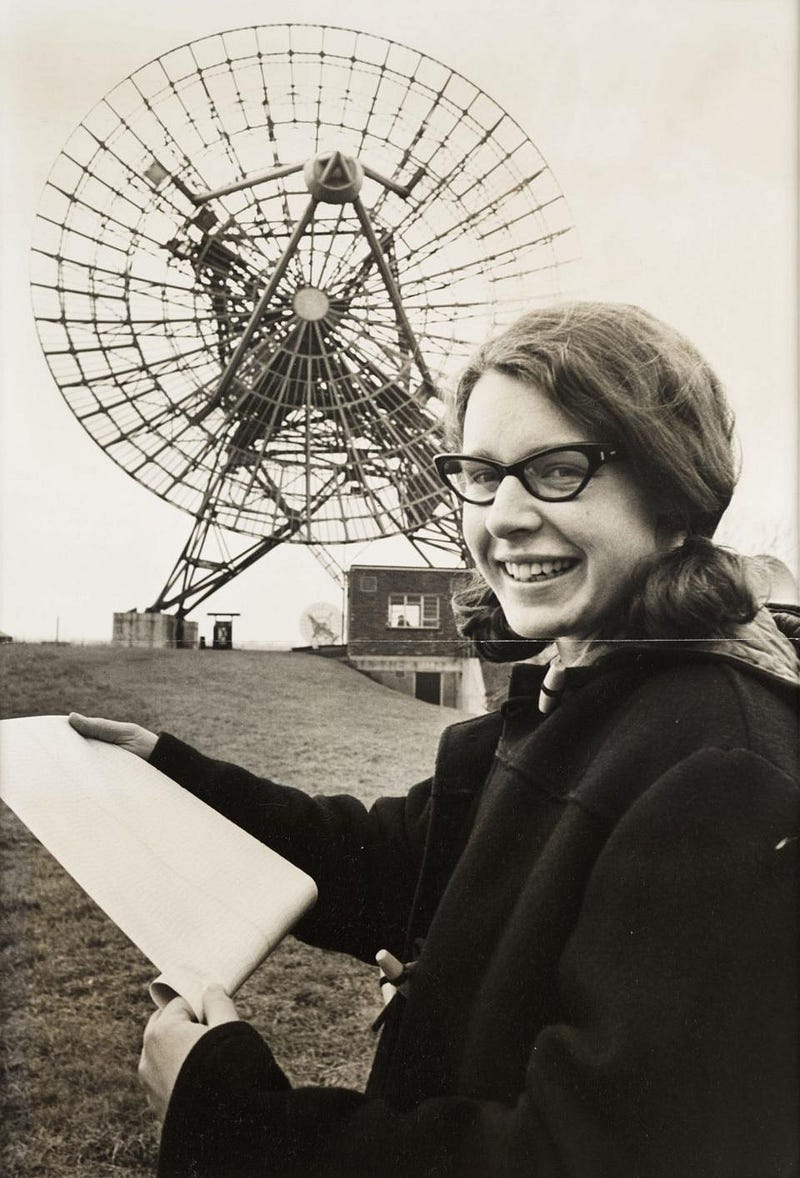
7.) Jocelyn Bell-Burnell, for her discovery of the first pulsar. Pulsars were predicted from supernovae as early as 1933, and the Nobel Prize was awarded for them in 1974 to Martin Ryle and Anthony Hewish. Hewish’s student, however, Jocelyn Bell, was the one who actually discovered the pulsar, and picked its interesting signal out as an object of particular significance. Fred Hoyle and Thomas Gold, who put the final pieces together that Bell’s discovery was indeed a spinning, pulsing neutron star, argued that she should have been included on the prize. Despite her humility, asserting, “I believe it would demean Nobel Prizes if they were awarded to research students, except in very exceptional cases, and I do not believe this is one of them,” it is the one case I would assert that she’s wrong. Her work was exceptional, and her omission from the Nobel Prize was a mistake.
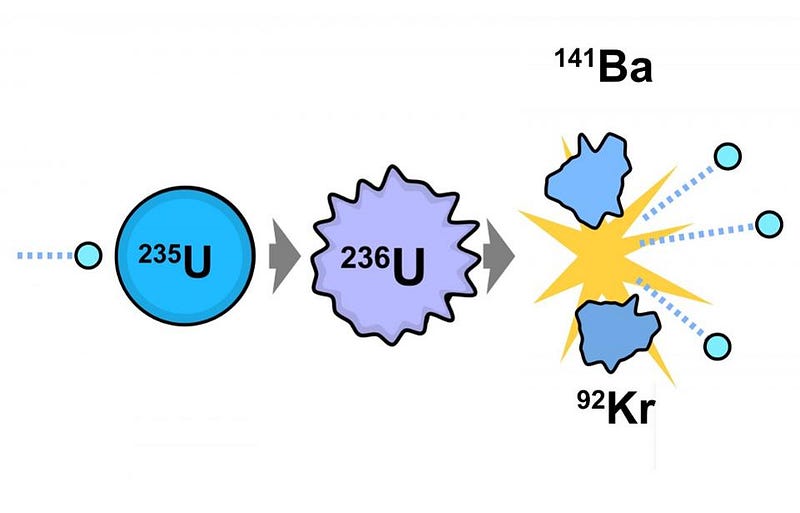
8.) Lise Meitner, for her discovery of nuclear fission. Meitner was a lifelong close collaborator of Otto Hahn, who was awarded the Nobel Prize in Chemistry for the discovery of nuclear fission, quite unjustly, all by himself in 1944. Meitner’s contributions were arguably even more important than Hahn’s, as she, not Hahn, was the one who split the atom. On top of that, she had to endure the incredible injustice of working as a Jew in Nazi Germany in the 1930s, despite her imploring pleased falling on the deaf ears of Hahn, Heisenberg, and many others. After fleeing Germany in 1938, Meitner continued correspondence with Hahn, guiding him through the critical steps in creating nuclear fission. Hahn, however, never included her as a coauthor, despite her invaluable contributions. Even though Niels Bohr nominated both Meitner and Hahn for the Nobel, it was awarded to Hahn alone. When Meitner died, her tombstone was inscribed with the following simple sentence: “Lise Meitner: a physicist who never lost her humanity.”

9.) Satyendra Bose, for the discovery and description of bosons, including their statistical properties. If you attempt to push atoms together, there’s a limit to how close you can get them, owing to the Pauli exclusion principle, which prevents two particles from occupying the same quantum state. But this rule only applies to fermions, a particular class of particles. There are also bosons, which don’t obey that rule, discovered by Satyendra Bose. Bose made many contributions to physics that were Nobel-worthy, including his description of boson statistics (now known as Bose-Einstein statistics) and work that has built on his legacy, such as Bose-Einstein condensates in condensed matter. As Jayant Narlikar wrote:
Bose’s work on particle statistics (c.1922), which clarified the behavior of photons (the particles of light in an enclosure) and opened the door to new ideas on statistics of Microsystems that obey the rules of quantum theory, was one of the top ten achievements of 20th century Indian science and could be considered in the Nobel Prize class.
While multiple Nobels have gone to work on boson-based systems, most recently in 2001, Bose remains one of the greatest scientists never to win the prize for his Nobel-caliber work.
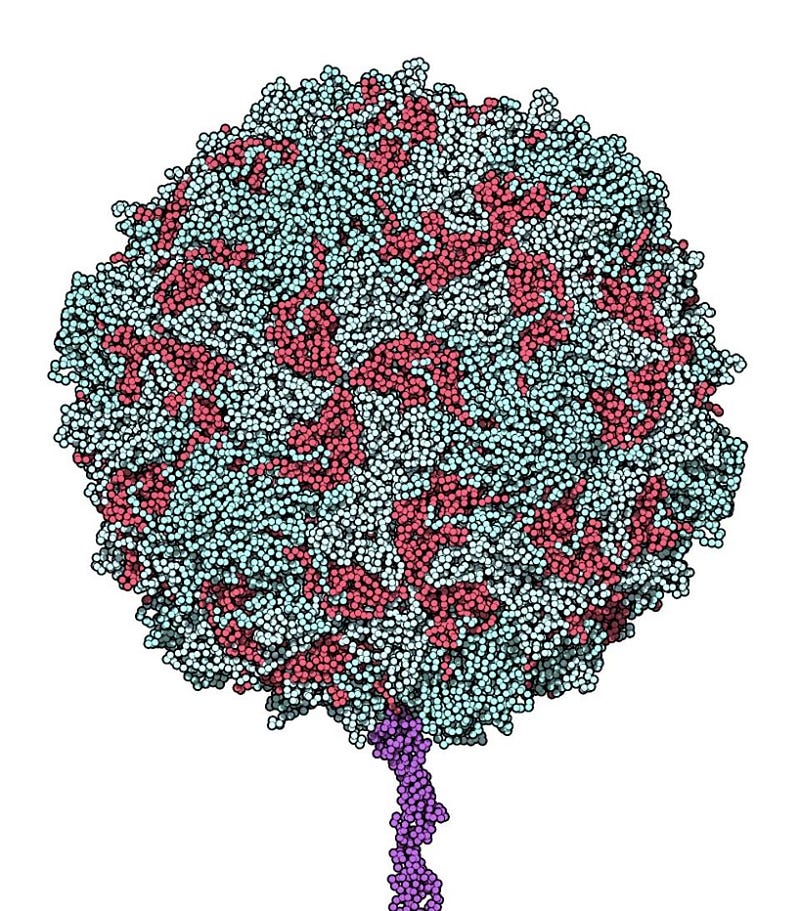
10.) Jonas Salk, for the development of the polio vaccine. Although it may seem foreign to us today, polio was a disease that paralyzed between 13,000–20,000 people per year until Salk developed the vaccine that virtually eradicated it. Salk brilliantly combined a number of recent discoveries to apply them to creating a poliovirus vaccine, and was nominated for the prize in both 1955 and 1956. However, a member of the Nobel committee, Dr. Sven Gard, made the following statement:
Salk has not in the development of his methods introduced anything that is principally new, but only exploited discoveries made by others… [therefore] Salk’s publications on the poliomyelitis vaccine cannot be considered as Prize worthy.
Apparently, the criteria for a Nobel is subject to some extremely non-objective whims among the committee members. Salk, whose biological institute that has become his legacy, has produced five Nobel laureates in physiology and medicine, but his death in 1995 ensures that he will never himself be awarded one.
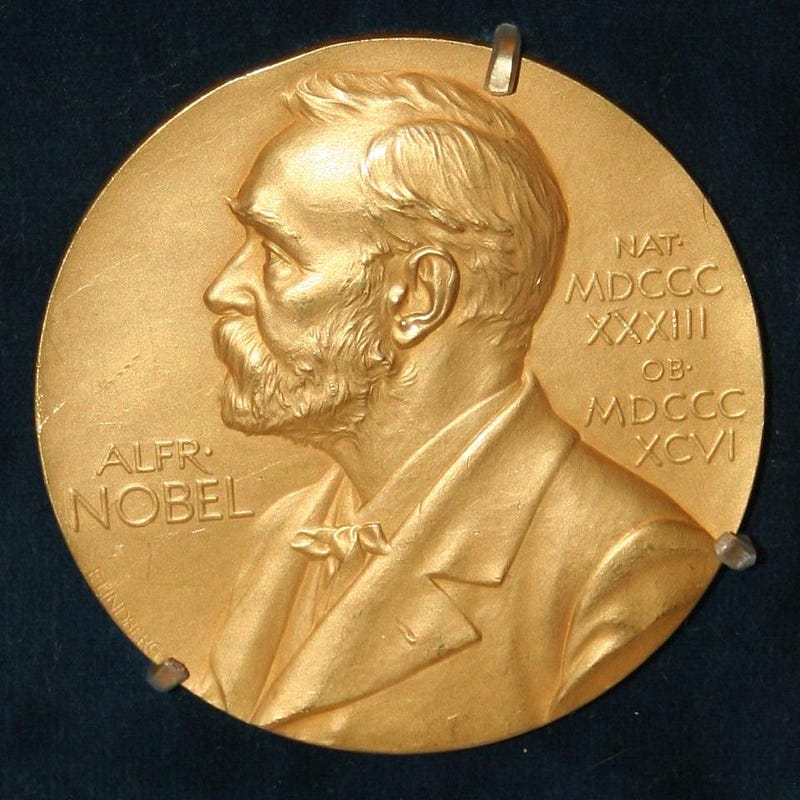
There are many others who would have been deserving of the Nobel Prize, such as Rosalind Franklin, David Wilkinson, and Ron Drever, but they died before the prize was awarded for their discovery. It may be too late, due to the rules, to properly award a Nobel Prize to these incredible scientists, but it’s never too late to recognize them for their incredible contributions to what we know about this Universe. This awards season, let’s toast these most deserving of scientists, and remember them for the remarkable work that they did, and how their discoveries advanced humanity in some of the greatest ways of all.
Submit your Ask Ethan questions to startswithabang at gmail dot com!
Ethan Siegel is the author of Beyond the Galaxy and Treknology. You can pre-order his third book, currently in development: the Encyclopaedia Cosmologica.

